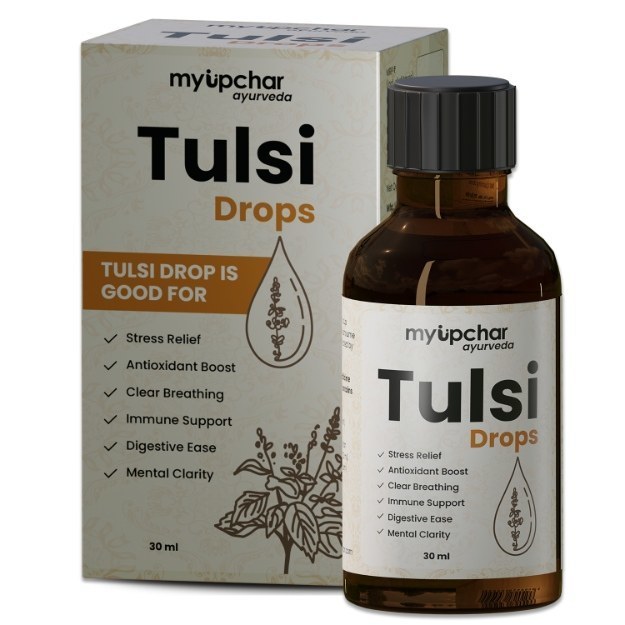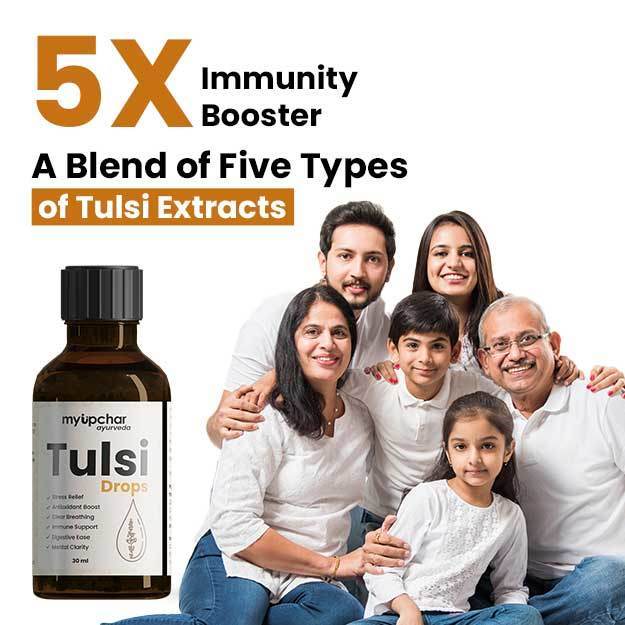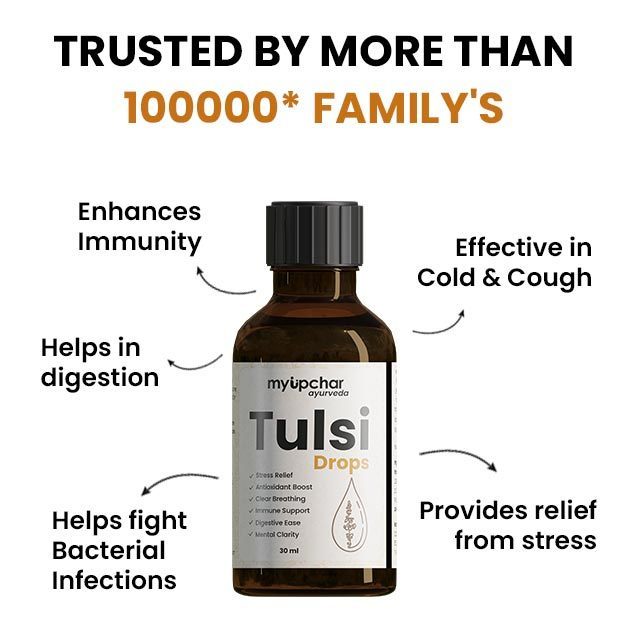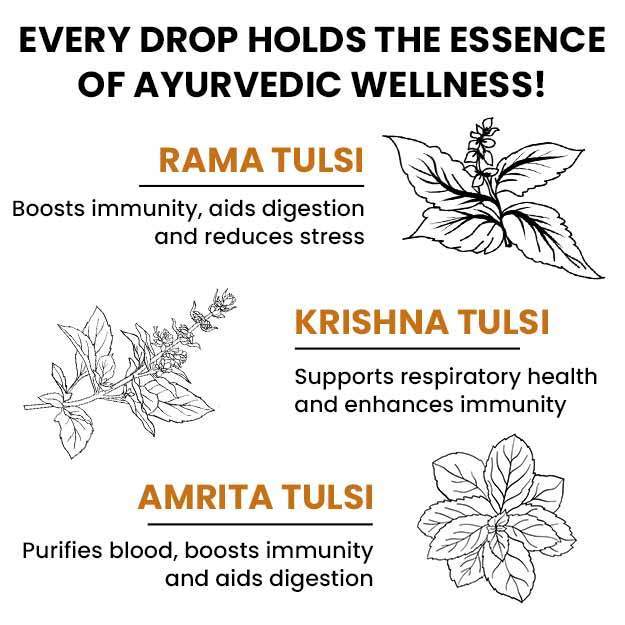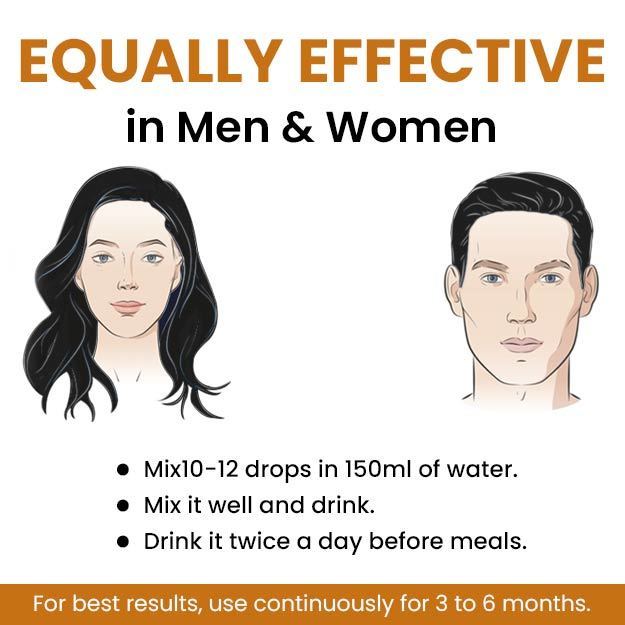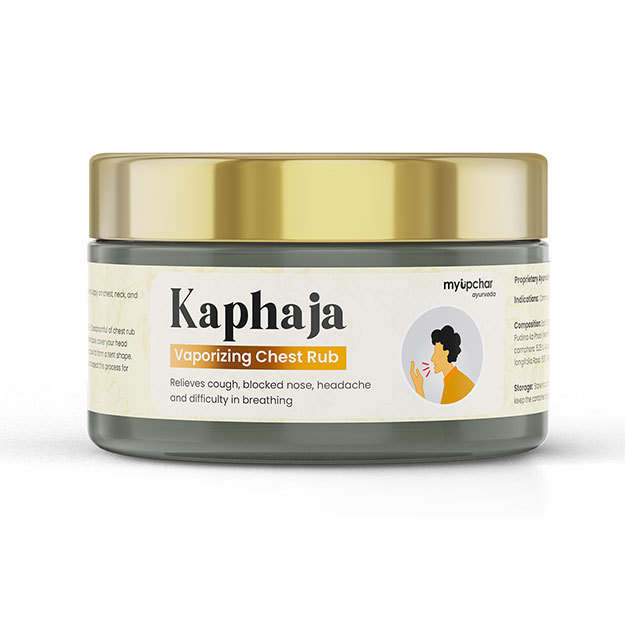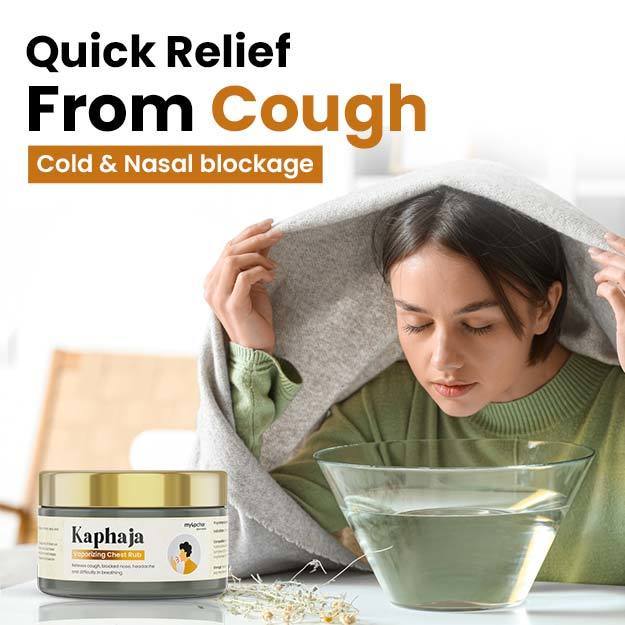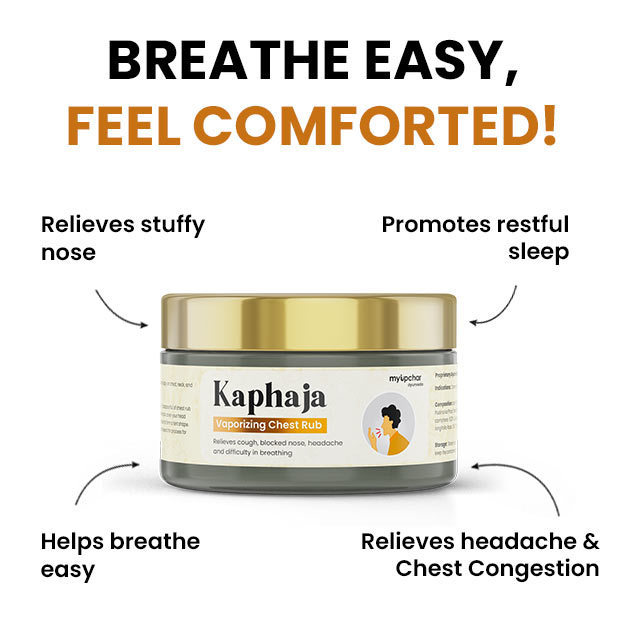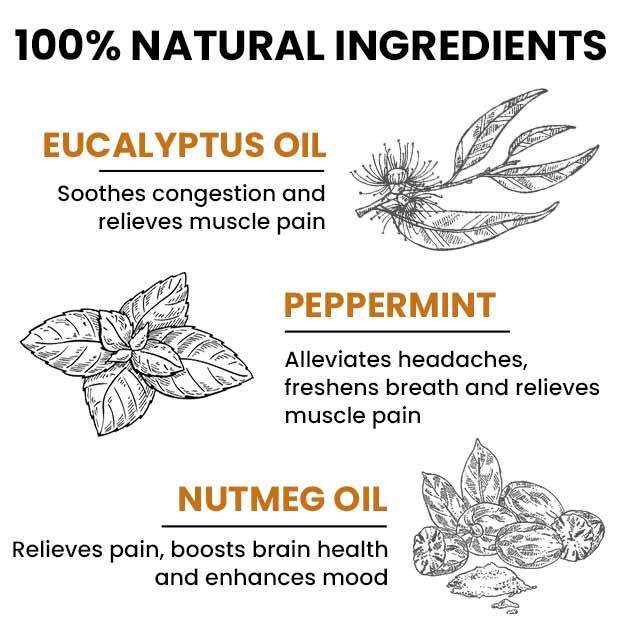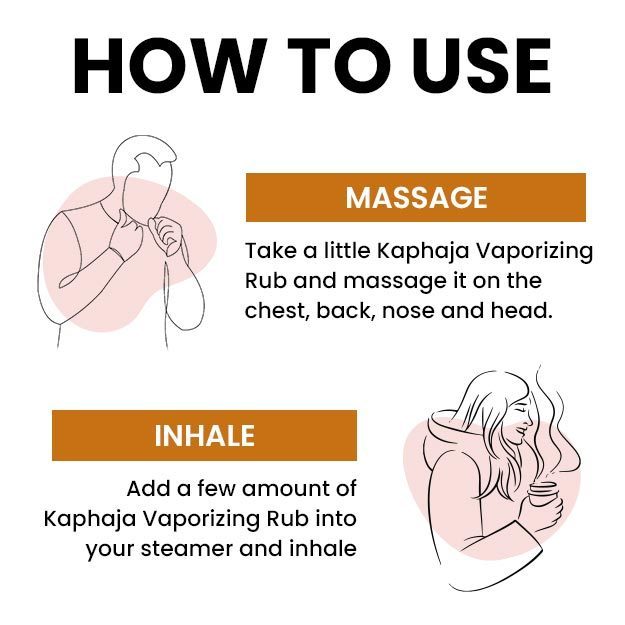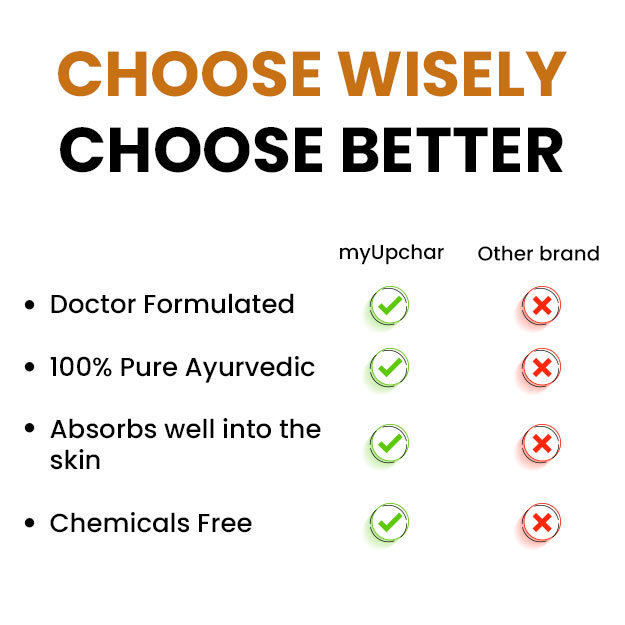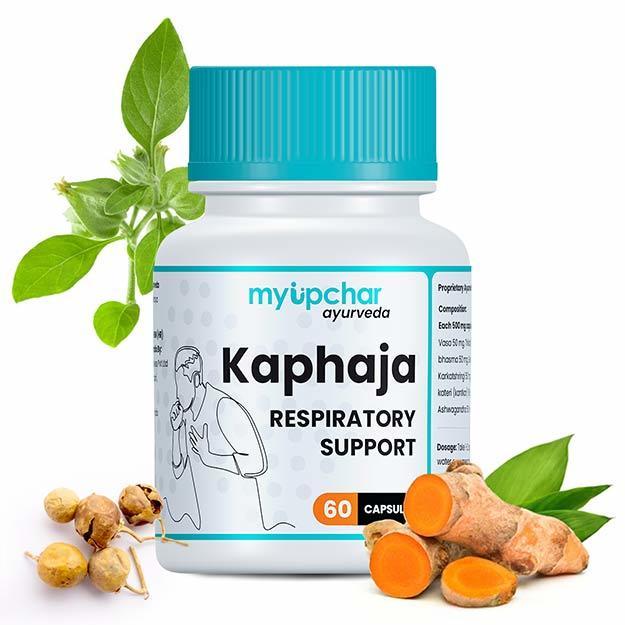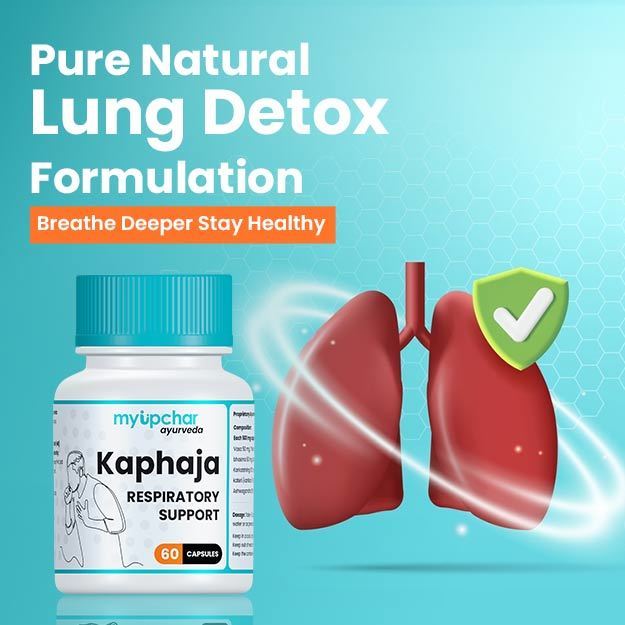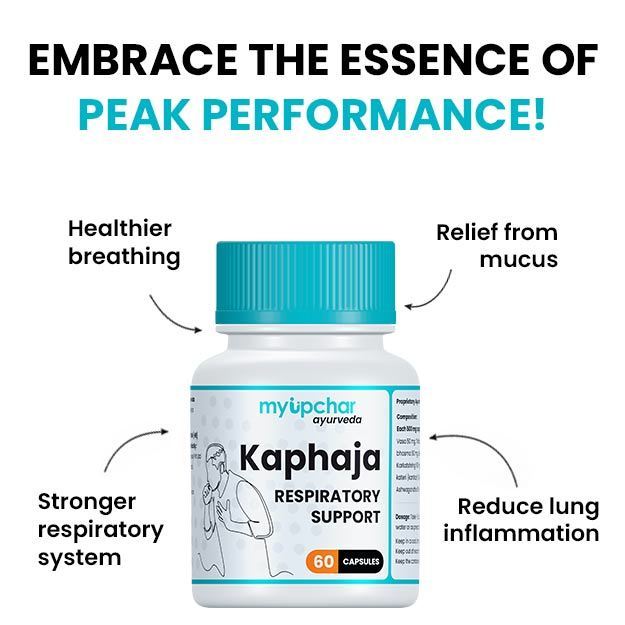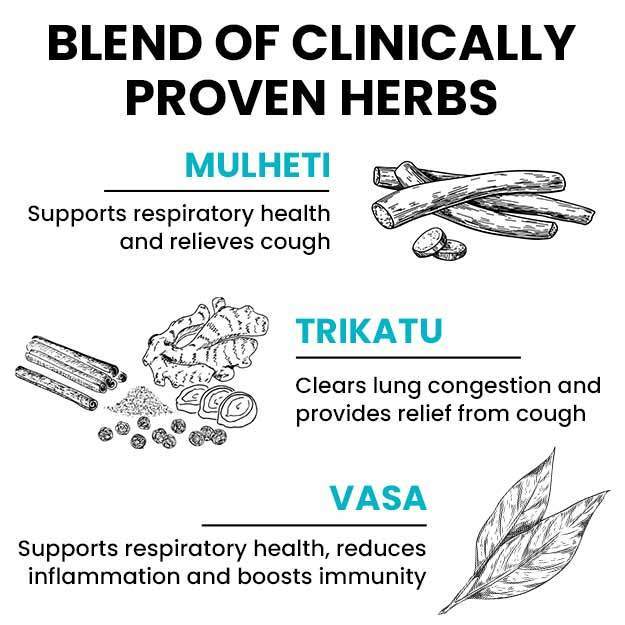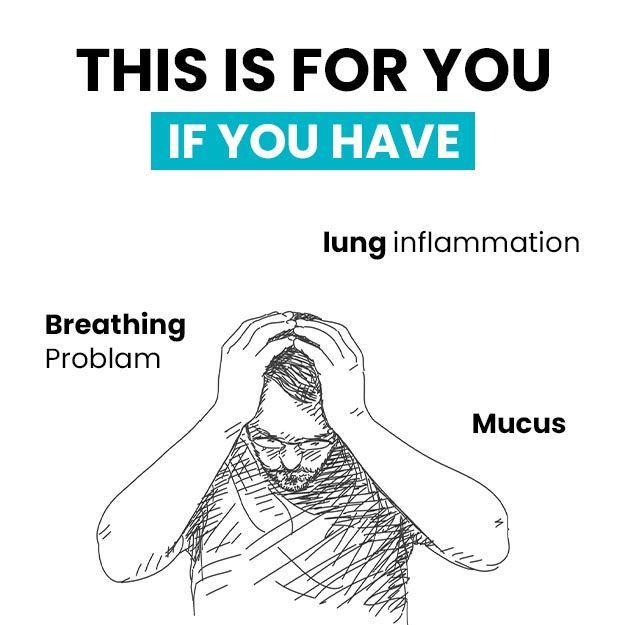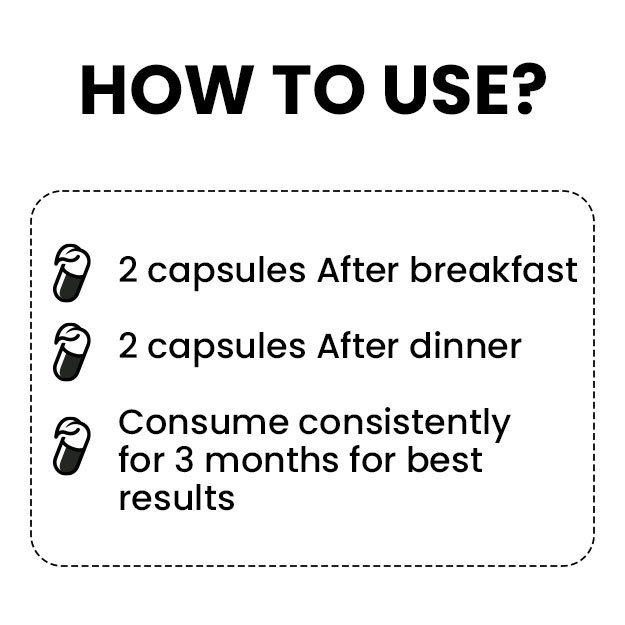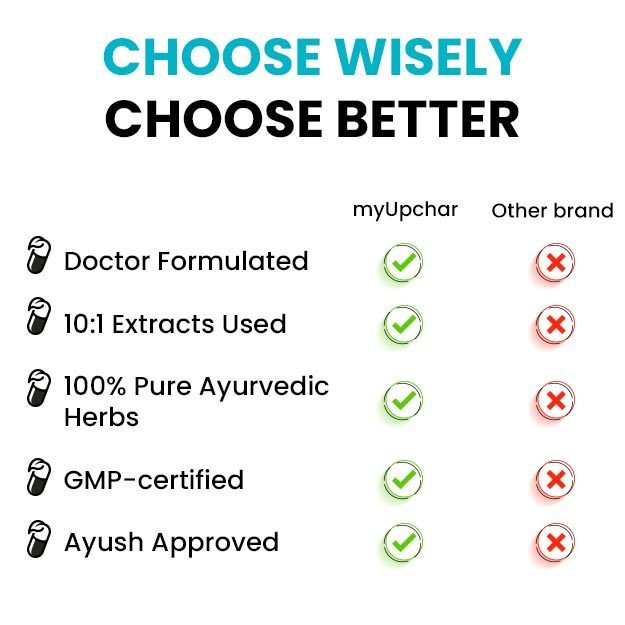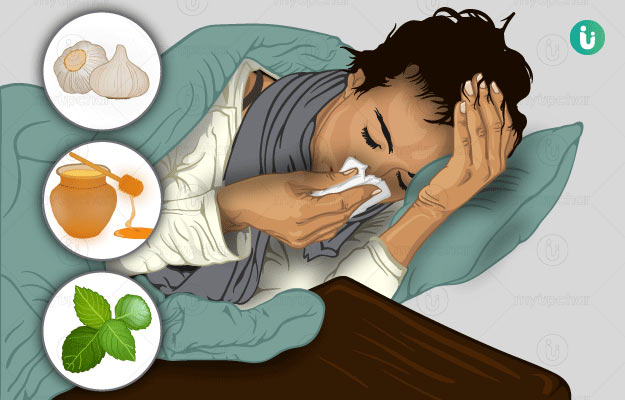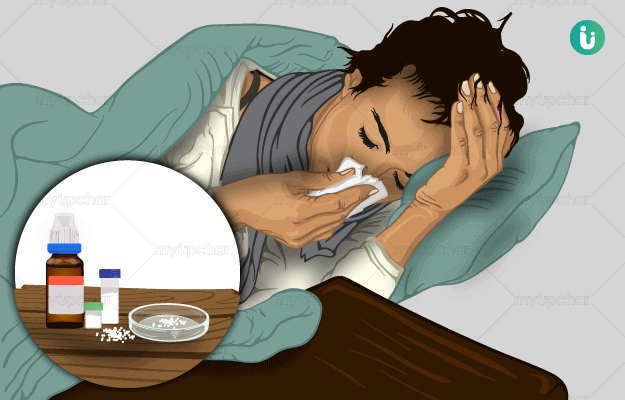Common cold, also called rhinitis, is caused mainly due to allergies or viral infections and is a common symptom in many disease conditions. It is referred to as pratishyaya in Ayurveda. This condition is characterised by inflammation of the nasal mucosa, sneezing, headache, running nose and fever. Common cold occurs due to an inequilibrium in the vata dosha in the body. Panchakarma (five treatments) and other therapies, such as nasya (nasal insufflation), swedana (sudation or sweat therapy), vamana (medical emesis), dhoomapana (herbal smoking) and basti (enema) can be useful in removing the stagnant mucus from body and thus maintain vata balance. Many herbs like tulsi (holy basil), maricha (black pepper), adulsa (vasaka), haridra (turmeric) and ginger are highly effective in treating a common cold. These herbs are available in various dosage and forms, individually and in combination. A proper diagnosis and regular medication along with panchakarma and a healthy lifestyle can completely cure a common cold.
98% Savings - Buy Urjas Massage Oil Just @9 Rs
X

- हिं - हिंदी
- En - English




